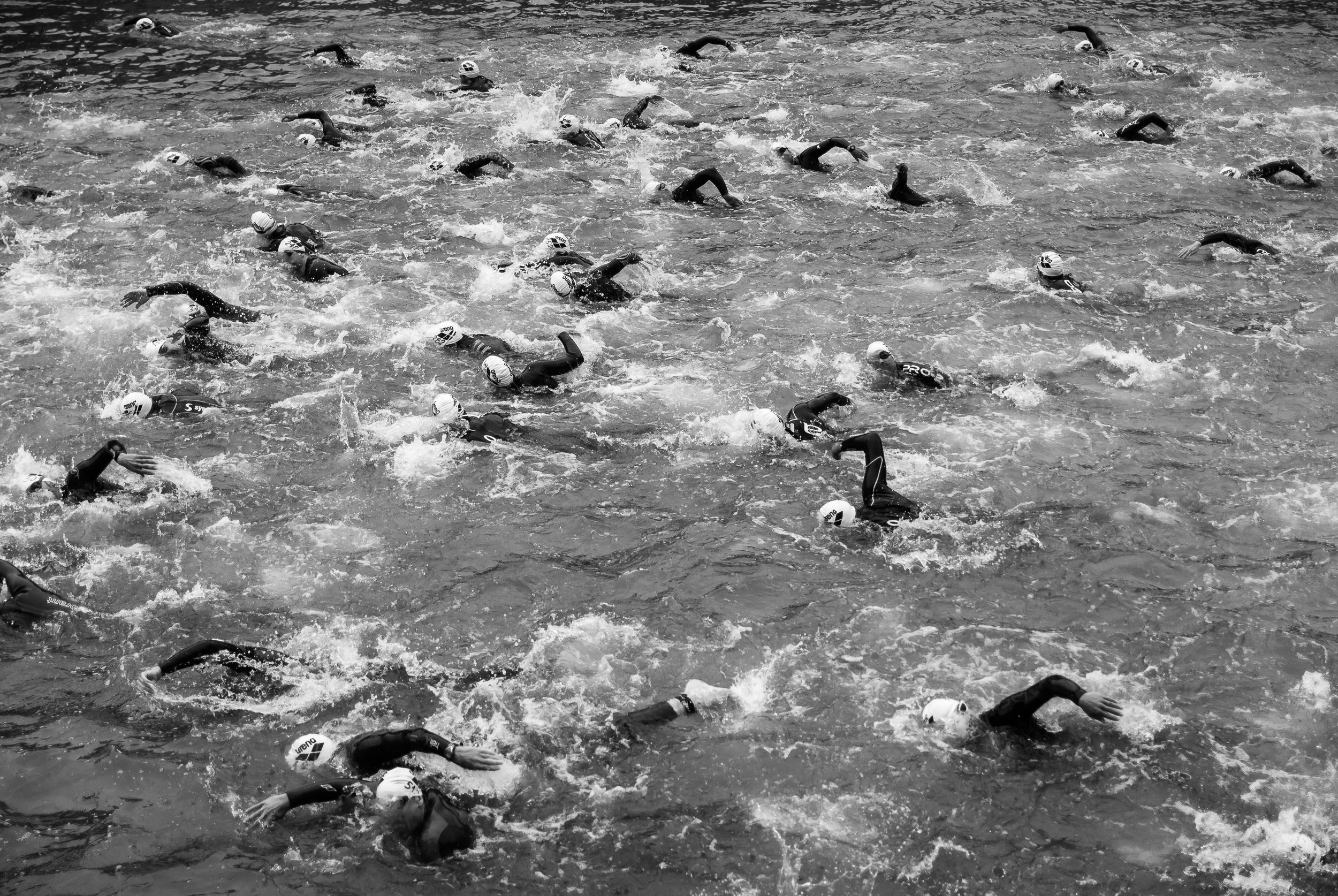
Paratriathlete Guide
Triathlon Alberta seeks to grow and support the Paratriathlon community in our province, nationally, and internationally, alongside the ITU (International Triathlon Union). Referencing the goals and guidelines set by the ITU Paratriathlon Committee, we have designed the following guide to outline the basics of athlete participation. Our Paratriathlete Guide explains the eligibility criteria, the nine sport classes, the six medal events, and a brief outline of Paratriathlon Competition Rules.
Triathlon Alberta values inclusion and we believe that everyone deserves the opportunity to participate in triathlons. Starting in 2022, Triathlon Alberta, in partnership with Triathlon Canada will be holding an annual Para Sport Talent Identification Camp. Find out about other world paratriathlon events. We look forward to seeing you throughout the race season! We are more than happy to address any questions that you may have. Please feel free to contact us.
Paratriathlon Eligibility Criteria
In order to be eligible for the sport of Paratriathlon, an athlete must present an eligible physical impairment (ataxia, impaired muscle power, impaired passive range of movement, limb deficiency, hypertonia, athetosis) or vision impairment type as listed in the ITU Paratriathlon Athlete Classification Rules. This document, on the ITU website, provides exhaustive details on the impairment eligibility types, assessment methodology, athlete evaluation, medical reviews, appeals and the assessment criteria for the allocation of a sport class.
The ITU Paratriathlon Athlete Classification Rules document is an essential resource for understanding the rules and procedures of eligibility for participation in Paratriathlon. Triathlon Alberta highly recommends referencing this document for specific questions.
Please Note: The About Paratriathlon section of the ITU website lists the members of the ITU Paratriathlon Committee and the contact information of the ITU Staff Representative for more information regarding Paratriathlon.
PAratriathlon Sport Classes
The ITU identifies nine (9) distinct sport classes based on physical or visual impairment. These nine sport classes are outlined below as quoted directly from the ITU Competition Rules document.
PTWC1: Most impaired wheelchair users. Athletes must use a recumbent handcycle on the bike course and a racing wheelchair on the run segment.
PTWC2: Least impaired wheelchair users. Athletes must use a recumbent handcycle on the bike course and a racing wheelchair on the run segment.
PTS2: Severe impairments. In both bike and run segments, amputee athletes may use approved prosthesis or other supportive devices.
PTS3: Significant impairments. In both bike and run segments, the athlete may use approved prosthesis or other supportive devices.
PTS4: Moderate impairments. In both bike and run segments, the athlete may use approved prosthesis or other supportive devices.
PTS5: Mild Impairments. In both bike and run segments, the athlete may use approved prosthesis or other supportive devices.
PTVI1: Includes athletes who are totally blind, from no light perception in either eye, to some light perception. One guide is mandatory throughout the race. Must ride a tandem during the bike segment.
PTVI2: Includes athletes who are more severe partially sighted athletes. One guide is mandatory throughout the competition. Must ride a tandem during the bike segment.
PTVI3: Includes athletes who are less severe partially sighted athletes. One guide is mandatory throughout the competition. Must ride a tandem during the bike segment.
PARATRIATHLON MEDAL EVENTS
According to the ITU Competition Rules document, there will be six (6) medal events where paratriathletes compete over a 750 m swim, a 20 km bike, and a 5 km run, as follows:
PTWC: PTWC1 and PTWC2 sport class athletes competing together.
PTS2
PTS3
PTS4
PTS5
PTVI: PTVI1, PTVI2 and PTVI3 sport class athletes competing together.
Paratriathlon Competition Rules
The ITU Competition Rules document contains a section on Paratriathlon Personal Handlers and how personal handlers are specifically allowed to assist paratriathletes. In addition, this document contains sections about:
Paratriathlon Registration Process
Pre-Transition Area Conduct
Transition Area Conduct
Paratriathlon Swimming Conduct / Equipment
Paratriathlon Cycling Conduct / Equipment
Paratriathlon PTWC1 and PTWC2 Swimming Conduct/Equipment
Paratriathlon PTWC1 and PTWC2 Cycling Conduct/Equipment
Paratriathlon PTWC1 and PTWC2 Running Conduct/ Equipment
Paratriathlon PTS2, PTS3, PTS4 and PTS5 Running Conduct / Equipment
Paratriathlon PTVI1, PTVI2 and PTVI3 Conduct
Triathlon Alberta hopes that all interested athletes will reference this guide, the ITU website and paratriathlon documents for more specific information about Paratriathlon.
